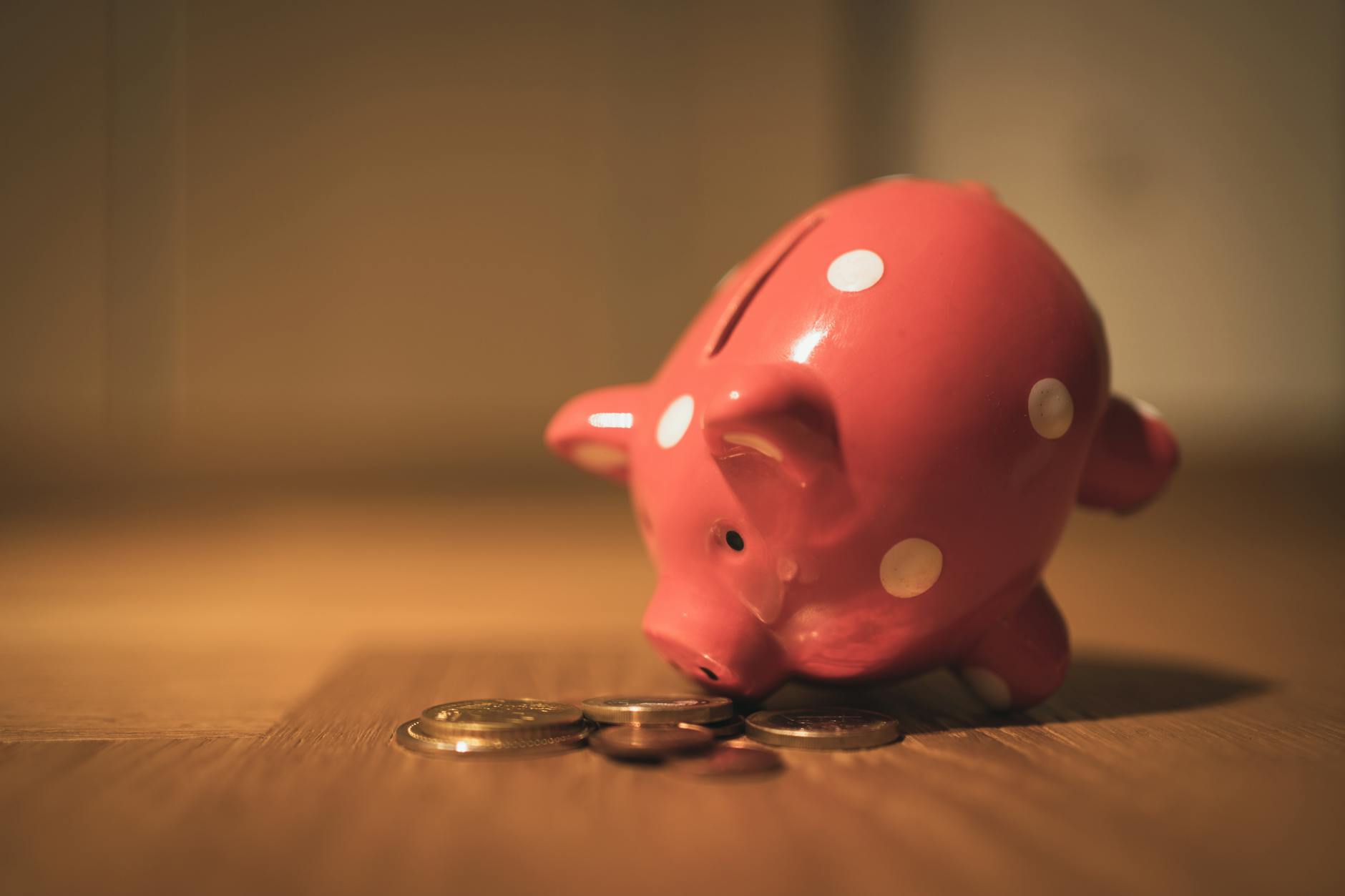It’s simple to understand but hard to implement and maintain.
Disclaimer: This post aims to educate and not to give financial advice. Investments have different risks, and it is up to the investor to do due diligence and make decisions regarding his money.
An emergency fund is one of the best-kept secrets of financially literate people. I feel it is one of the hallmarks of someone who is not intimidated by money and is not controlled by it. Unfortunately, having an emergency fund is already a luxury for many, especially those who live paycheck to paycheck.
What is an Emergency Fund?
Basically, it’s money used for emergencies. For example, your pet got sick, or your refrigerator broke down. If we didn’t have an emergency fund, we would use debt to handle these problems. Our everyday expenses don’t cover emergencies at all.
One important feature is an emergency fund should be liquid and easily accessible. It is not an investment nor an insurance. Also, you should replenish it after you’ve used it.
It’s a safety blanket that allows you to make lifestyle changes with enough leeway to avoid losing everything. This is relevant to people without credit cards or an easily accessible credit line. And also for those who do not have medical insurance or HMOs, as they are one sickness away from being poor.
Choosing Between Paying Debt and Starting an Emergency Fund
This depends on the situation. But generally, you should prioritize paying off debt and stashing a small amount of emergency fund each payday. The emergency fund prevents you from going into more debt as you grow your fund.
It is better to pay off debt than to invest. This is because interest accumulated through debt is typically higher than most interest gained through investments. Also, as you pay off debt, you can snowball the payments into your next debt until you pay all of them in full.
Recommended Size of an Emergency Fund
Any emergency fund amount is good initially. Aim to have a percentage of your payslip set aside for your EF. As you build your fund, you should eventually consider setting aside 2-3 months’ worth of your monthly expenses.
The mindset is, if I lose my job right now, how long can I hold on before going into debt? Some experts even recommend pushing up to a year’s worth of expenses.
Caveats in Maintaining an Emergency Fund
It is easy to become dismayed when you have an unused, uninvested fund. Do not invest your emergency fund, as it will become tied up, and you will probably need to pay more to withdraw it once you really need it.
Keep your emergency fund in a high-yielding savings account at most.
Also, you should aim to replenish it as soon as you withdraw a part of it. You can also contribute some extra windfall/earnings into your EF.
How to Start an Emergency Fund
The easiest way is to pay yourself first during payday, meaning you set aside emergency funds as an “expense” before your other normal expenses.
In GCash, you can deposit your emergency fund at the GSave banks. UNO Bank is popular because it has the highest interest rate and compounds daily. Don’t put it into GFunds, as they take a long time to withdraw funds when you need them.
Wrapping Up
I talked about the importance of building an emergency fund, no matter how small your income is. You need it to prevent borrowing money when the need arises. It should be liquid and easily accessible.
You should not invest your EF; replenish it when you have extra funds. Set a goal on how big your EF should be. Always monitor your fund flows and pay yourself (through EF) first. Make it automated as much as possible.
Why not subscribe?
This post or page is the same as you can get from my newsletter. You can subscribe for free.
